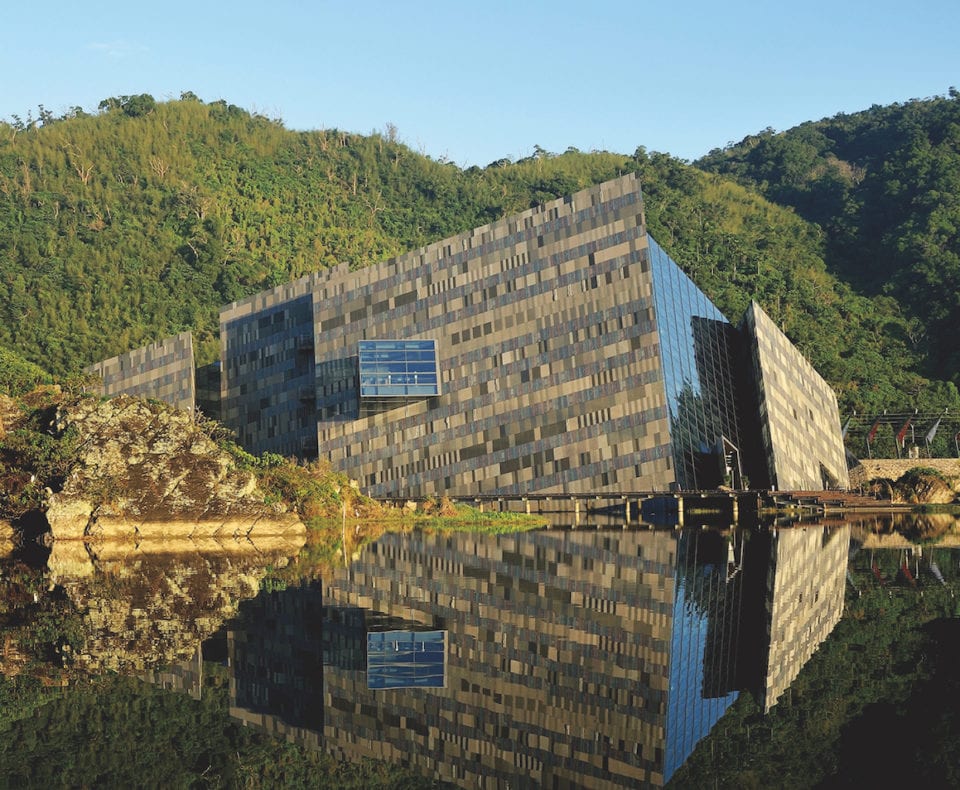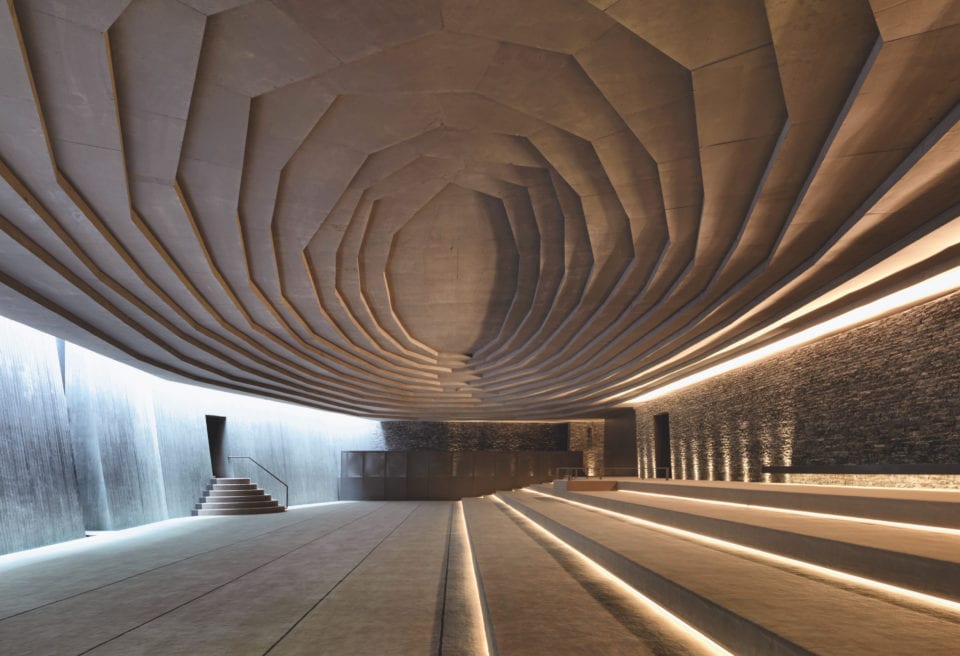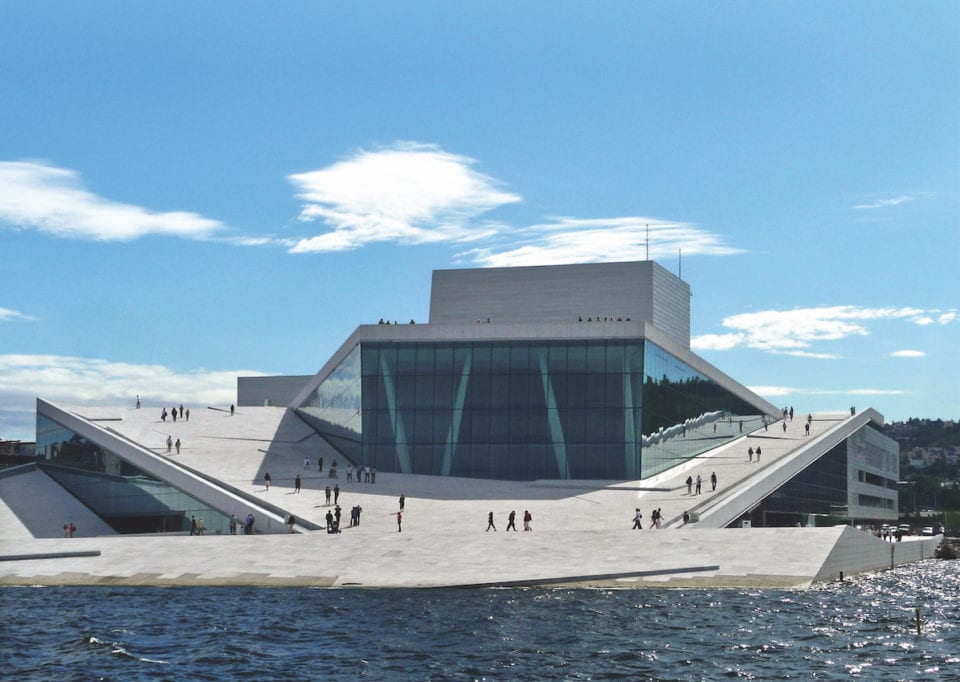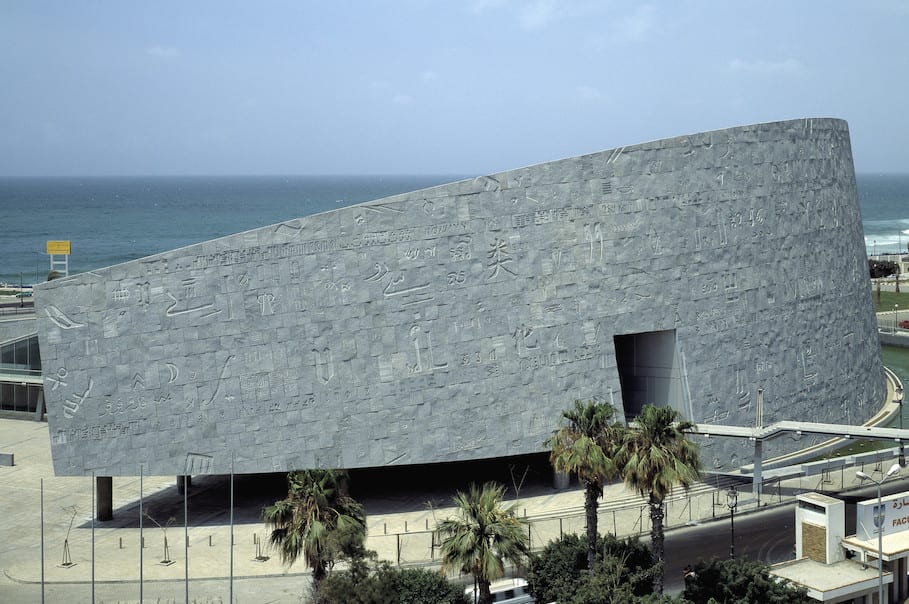“There is evidence for hominins living in stone structures over a million years ago; our relationship with stone predates even our own species. Many of the world’s most significant, revered, influential and memorable structures are built with stone, not least Stonehenge, the Pyramids and the Parthenon.”
William Hall is designer and author who has worked with institutions such as MoMA, New York; Tate, London; the Henry Moore Institute, Leeds; and London College of Fashion. This impressive list also extends to a number of commercial clients including Calvin Klein. His latest book, Stone, is part of Phaidon’s autumn architectural releases, charting the legacy of the material in relation to society as we know it. It accounts for 170 examples from the past 5,000 years – delving into the history of design and the path that has led us to the current day.
The book is separated into eight distinct sections: Form, Texture, Juxtaposition, Landscape, Light, Mass, Presence and Scale. In doing so, Hall moves through a number of seminal, imaginative and, at times, experimental structures from all over the world – demonstrating the complexity and ingenuity of stone as a key pillar within the architectural toolbox. This includes well-known structures such as Antoni Gaudí’s ongoing masterpiece The Sagrada Familia, Barcelona; the carved entrance of Al-Khazneh in Petra, Jordan; and Frank Lloyd Wright’s Fallingwater in Pennsylvania.

| Artech. Picture credit: Courtesy Kris Yao | Artech. © Jeffrey Cheng.
These seminal design feats have become instantly recognisable destinations, some of which are revered as sites of classical antiquity – wonders of the world. Al-Khazneh, for instance, is one of the most elaborate temples from the Arab world, shaped meticulously out of a sandstone rockface. Though some of the details have eroded away, it stands at an impressive 40 metres, approximately 2,000 years since it was built.
Duration is one of the key concepts discussed in the publication. Endurance is perhaps one of the most desirable elements of design, especially considering our growing culture of mass-consumption, reinvention and waste. Penelope Curtis, former Director of Tate Britain, expands on the idea of duration: “Stone is readily equated with longevity. It is not only known to be much older than us but is also used to fashion monuments which pretend to outlast us. Tombs and altars are but the most obvious to embody the notion of life beyond death.”
Durability is, however, not the only benefit to working in stone. There’s also a great sense of power and export associated with the material – prestige, ceremony and decoration. Aesthetics are a key component to any landmark. The King Abdullah Financial District Grand Mosque, for example, was inspired by the crystal clusters formed in the desert. Angular cuts and glass incisions give the exterior a bejewelled appearance.
There’s also more practical considerations. The Lanyang Museum in Taiwan is a combination of granite and cast-aluminium panels. As a museum of Yilanese culture and ecology, the structure emerges, jaggedly, from the wetland and shore, nestling into the Cuestra rocks from the northern coast. It is in these moments that stone resonates with a connection to the land, and a longing for architecture to become part of the topography, rather than overshadow its irreplaceable beauty.
Another project like this is the Norwegian National Opera and Ballet House in Oslo, Norway. Realised by Snohetta, the building was commissioned to expand upon the waterfront. The structure sweeps downwards to the surface of water, creating a pathway round the main glass exterior. The process included “bushhammering” the surface – hitting the marble until it becomes hardwearing and grippy. This means that the durability of the marble is retained, yet the sloping ramps are safe for visitors to fully embrace the elements outdoors.
Any book that discusses contemporary architecture is required to address the climate crisis. Working in the creative industries – as with all other industries – means thinking about the future. We must be aware of our footprint throughout design process and the wider impact of a structure in any given environment. As Hall notes: “Our climate emergency requires us to rethink current architectural norms. Buildings and construction amount for 39% of global carbon dioxide emissions. The embodied carbon of concrete used for load-bearing structures and columns is significantly higher than stone alternatives: marble emits about 66% percent of the embodied carbon, sandstone about 38%.”

Picture credit: Cemal Emden. Courtesy EAAEmre Arolat Architecture.
Some of the more impressive eco-conscious projects include the Centro de Salud Mediterraneo Norte, Almeria. An arrangement of marble louvres diffuses the bright, Andalusian light, whilst also allowing for ventilation. Banking on natural sunlight, whilst regulating temperature through cooling systems, this is a noteworthy case of modern engineering that considers both the benefits and challenges of the climate. The Dominus Winery, Napa Valley, works in a similar way: the weather is extremely hot in the day and cold at night. Moving between thin and thick arrangements of stone, Herzog & De Meuron ensured that the building responded to the needs of the environment – increasing airflow and daylight, or ensuring areas of shade.
Overall, this publication is a responsible and well-paced study of stone as a material of immense possibility. The permanence of masonry – withstanding natural disasters, fires and floods – is only part of the story. It represents humans working with, rather than against, the landscape – rethinking the merits of organic practices and foregoing some of the more wasteful materials from contemporary progress. As Hall states: “Architects working in the 21st century are finding that stone represents opportunity. It isn’t an anachronism, it is the future.”
Kate Simpson
Lead Image: King Abdullah Financial District Grand Mosque, Riyadh,
Saudi Arabia, 2017, Omrania. Picture credit: © Mohammad Ballool Omrani.
Gallery Images: 1. Norwegian National Opera and Ballet, Oslo, Norway, 2008, Snøhetta. Picture credit: Ferry Vermeer/Getty Images.
2. Bibliotheca Alexandrina, Alexandria, Egypt, 2001, Snøhetta. Picture credit: © Gerald Zugmann.
Stone is published by Phaidon. For more information, click here.







